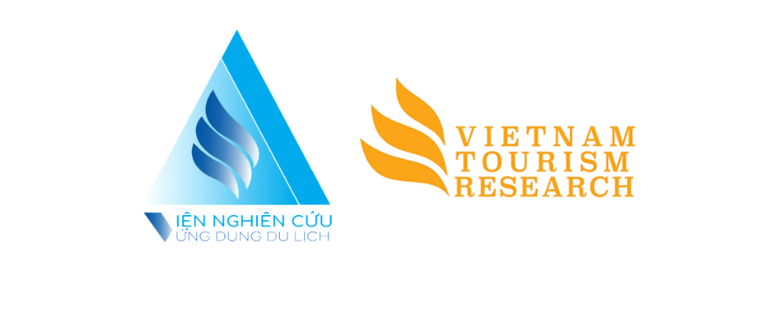This post is also available in:
Tiếng Việt (Vietnamese)
Launched in 2009 by the Georgia Department of Economic Development, the Tourism Product Development (TPD) program has demonstrated the transformative power of tourism in revitalizing rural communities. By convening interdisciplinary expert teams to conduct on-site assessments and recommend strategic solutions, TPD has enabled localities to identify indigenous assets, develop distinctive tourism products, and revive underutilized town centers.
Success stories from communities such as Dublin, Randolph County, Meriwether County, and Toccoa illustrate the immense potential of community collaboration and creative investment in what might otherwise appear “ordinary.”
Turning Local Resources into Unique Tourism Assets
In tourism, a “product” is more than an attraction—it encompasses natural resources, cultural heritage, accommodations, and local experiences. Recognizing this, the TPD program was founded with a core objective: to empower communities to recognize and elevate existing assets into “visitor-ready” experiences. Since 2009, TPD has conducted over 70 expert visits, distributed nearly $1.5 million in grants, and had a tangible impact on the landscape and identity of rural Georgia.
Each 3.5-day site visit becomes a deep exploration: experts don’t just ask questions—they help residents uncover potential in their own backyards. The result is a “design plan”—often a spiral-bound fieldbook—that serves as a roadmap for communities to take ownership of their development.
Dublin, Randolph, Meriwether, and Toccoa: Living Examples of Impact
In Dublin, tourism truly “took off” after a TPD assessment. One signature project was the memorial to Dr. Martin Luther King Jr.’s first public speech in 1944, which gained strong community support, welcomed over 8,000 visitors within two years, and catalyzed the growth of cultural tourism.
Randolph County and Andrew College leveraged the TPD playbook to revitalize downtown Cuthbert through arts programming. They restored historic buildings, created a ceramics studio for students, and enlivened public space with six new murals. A faculty member even became a “mural master,” symbolizing grassroots-driven transformation.
In Meriwether County, a 19th-century bridge built by Horace King was transformed into a picnic and heritage experience, blending natural scenery with historical narrative. The community creatively launched a “Zombie Trail” inspired by The Walking Dead series, combining pop culture and outdoor recreation to attract new audiences.
Toccoa, meanwhile, embraced its military and rail history. TPD proposed a train-viewing platform, revitalization of Camp Toccoa Kohei, and restoration of the historic Ritz Theatre—elements that now anchor tourism flows and stimulate surrounding business ecosystems.
From Inspiration to Implementation: A Model for Sustainable Development
One common thread among these success stories is the ability to build consensus—engaging citizens, civic groups, and the private sector. TPD does more than generate checklists; it inspires action. Many participants reported that they had not recognized the value of their own assets until the visiting experts revealed their potential.
The program demonstrates that investing in “feel-good projects”—from public art to green spaces—can produce ripple effects: fostering small business growth, increasing visitor traffic, enhancing community pride, and reshaping local identities. Georgia’s example shows that with creative thinking and collective effort, tourism is not merely an economic sector, but a powerful catalyst for social innovation in rural contexts.








